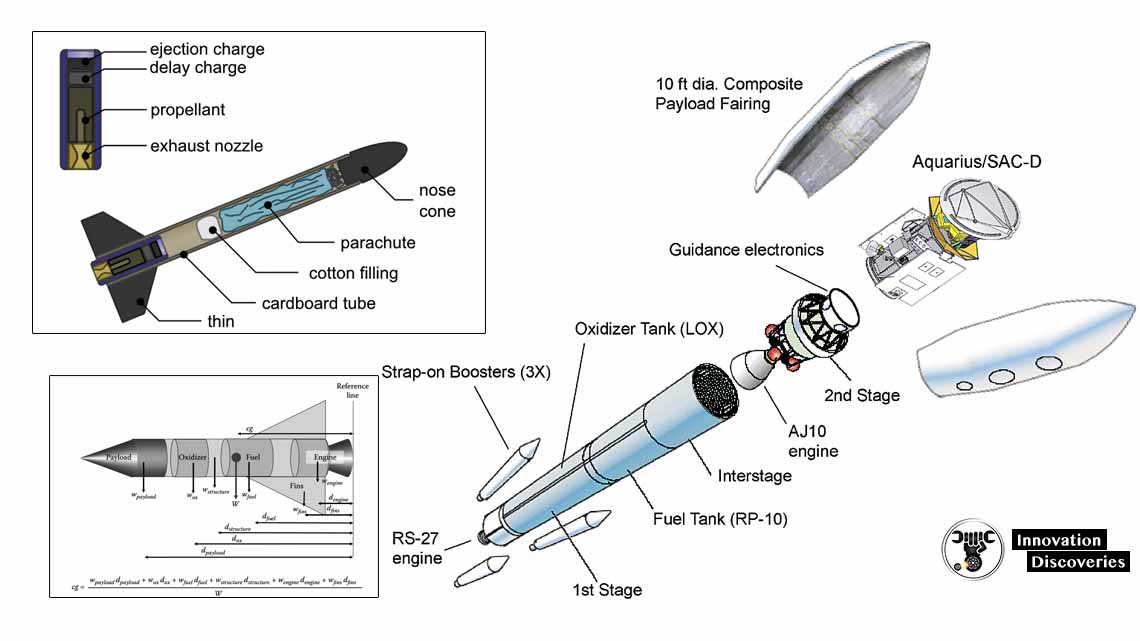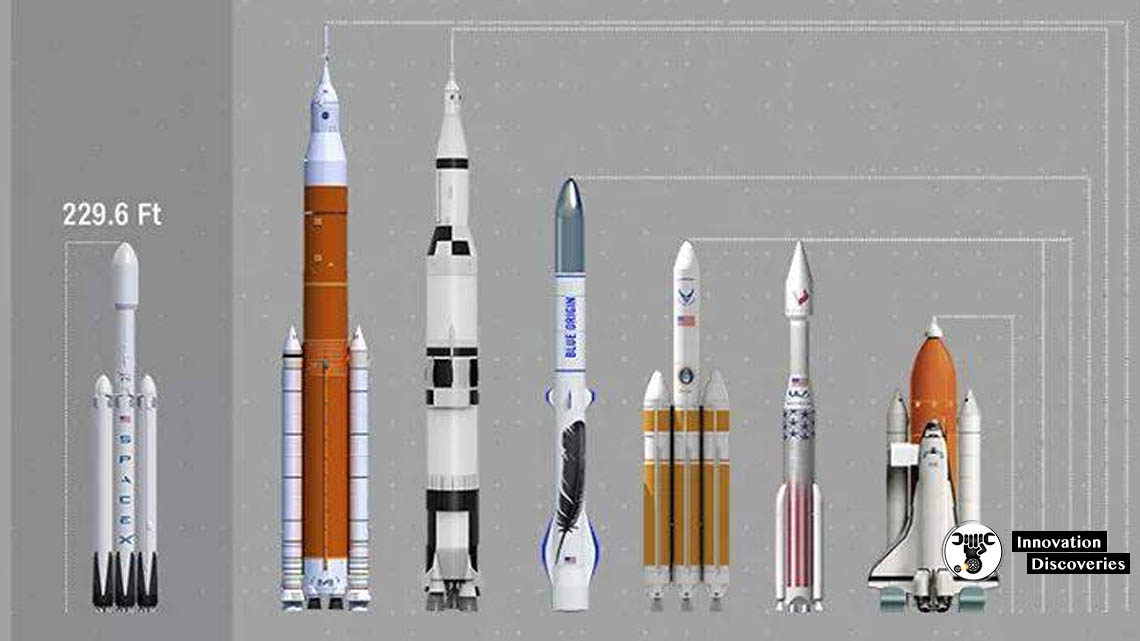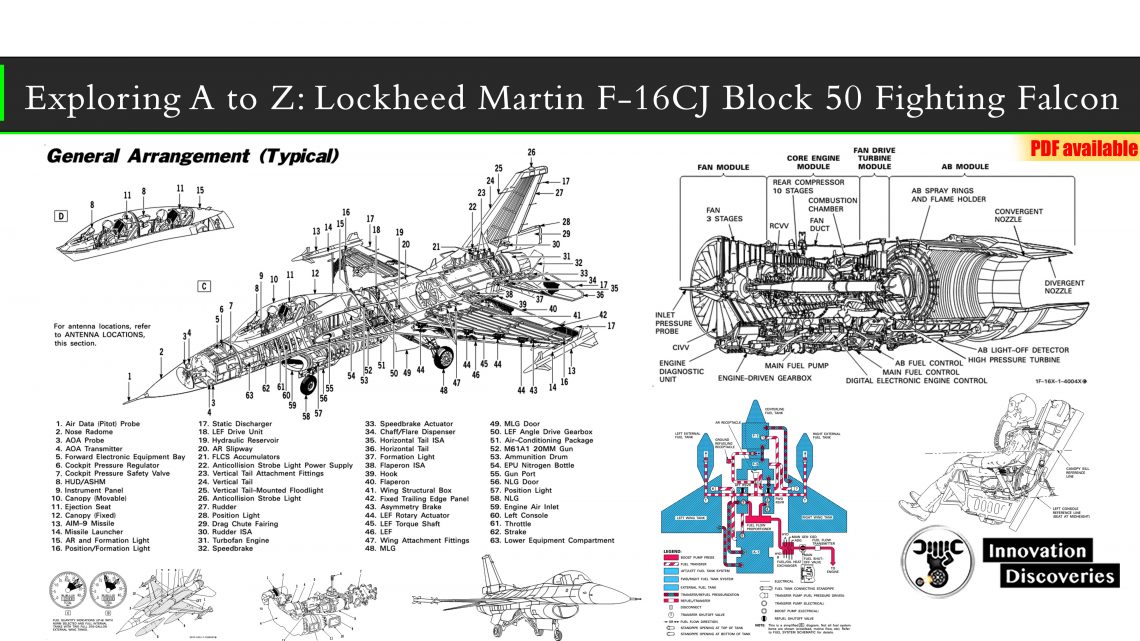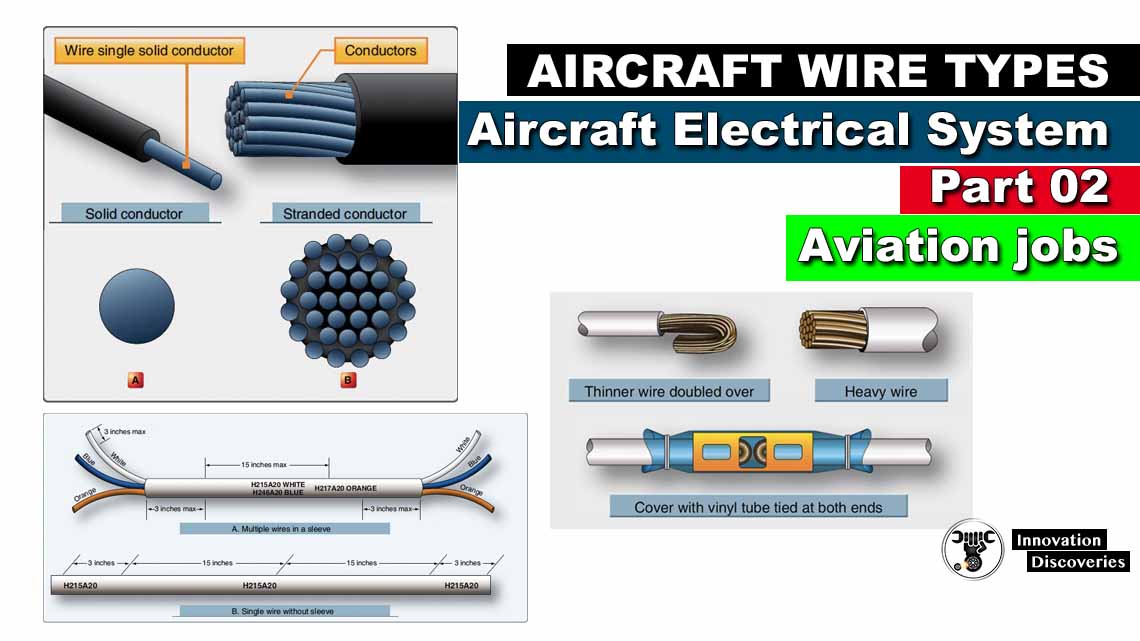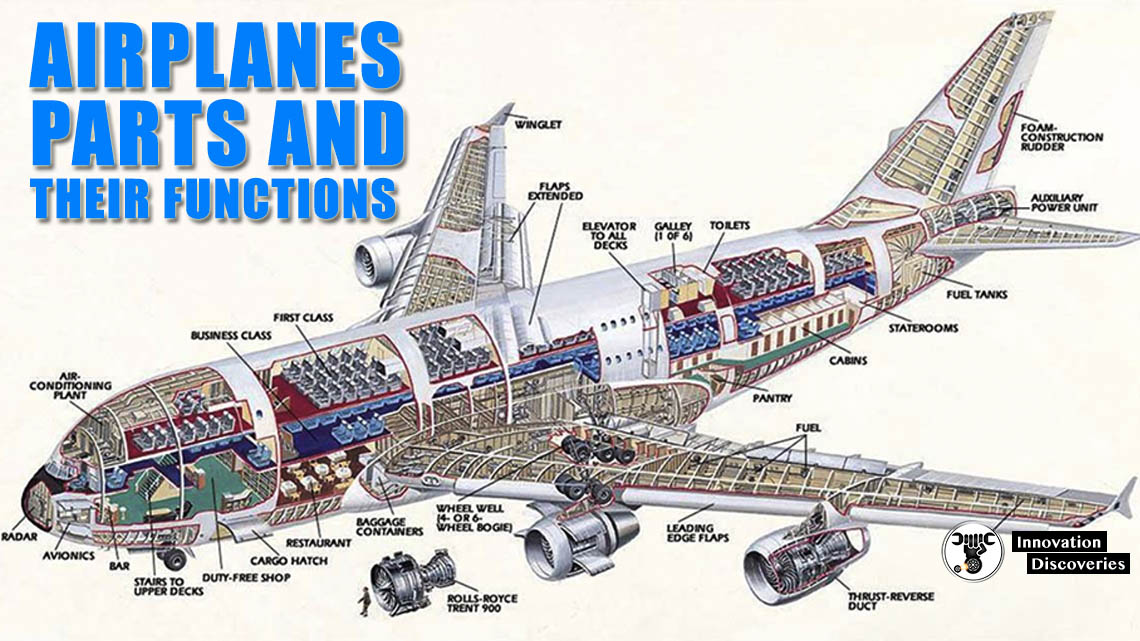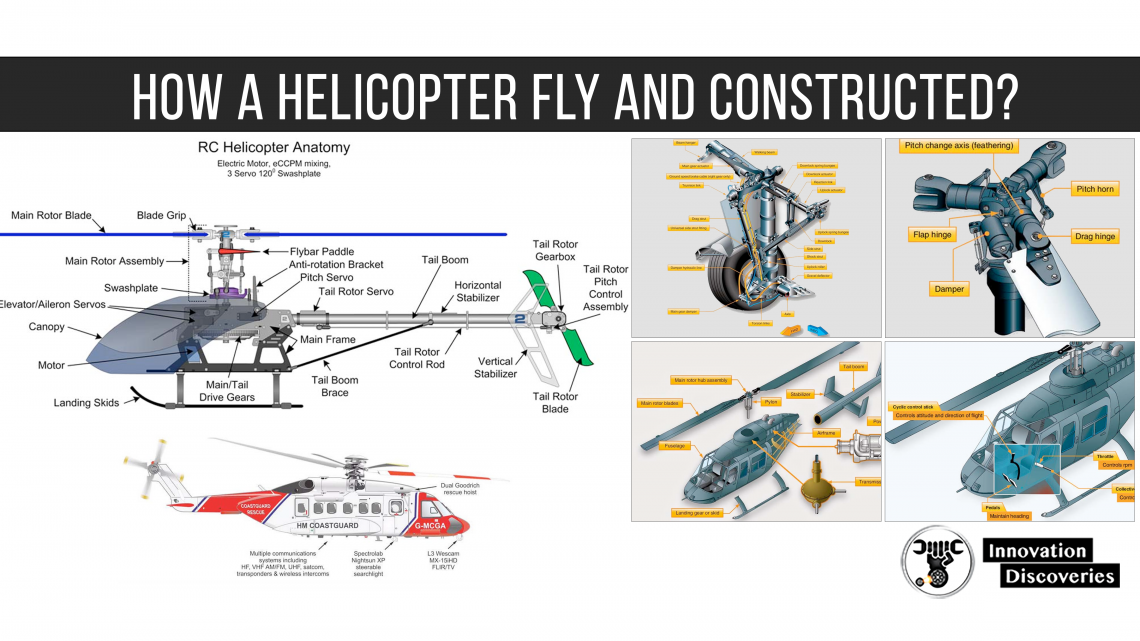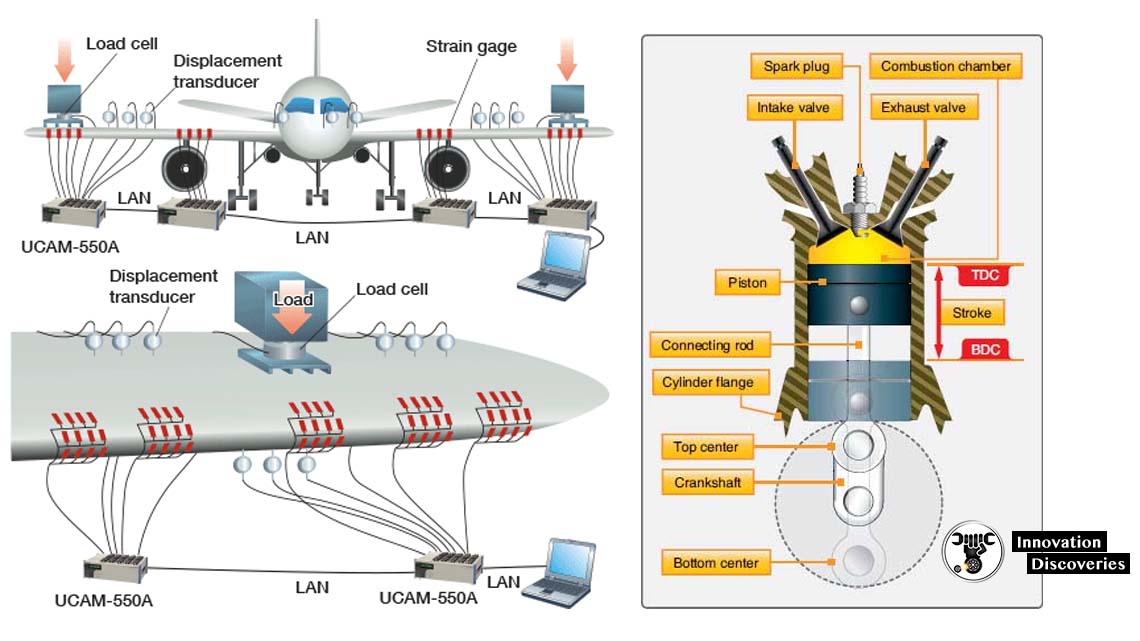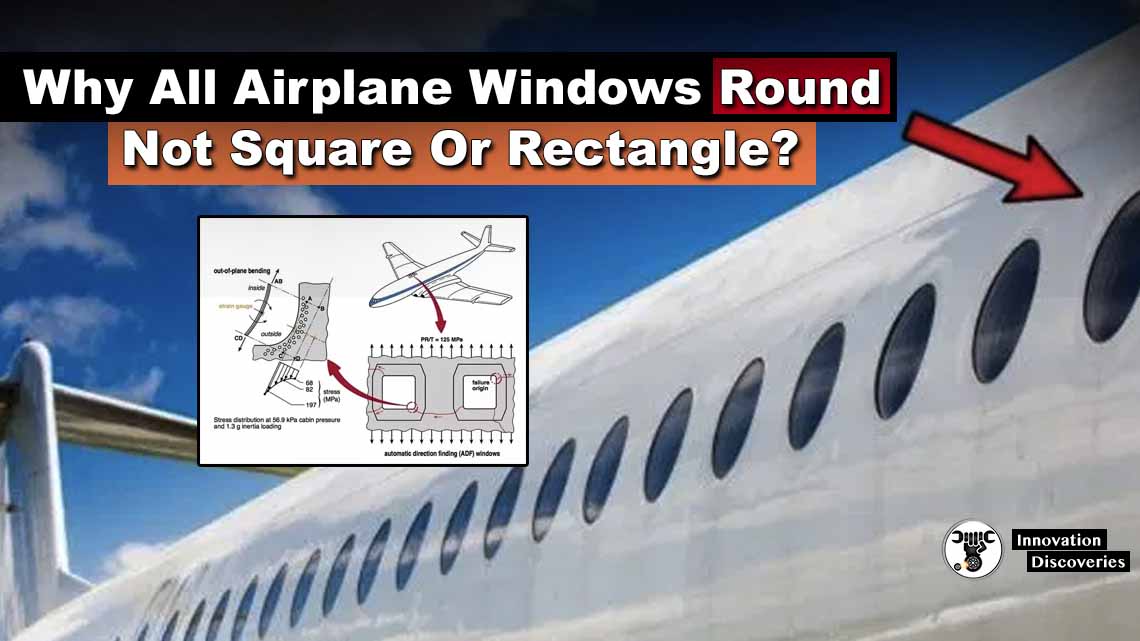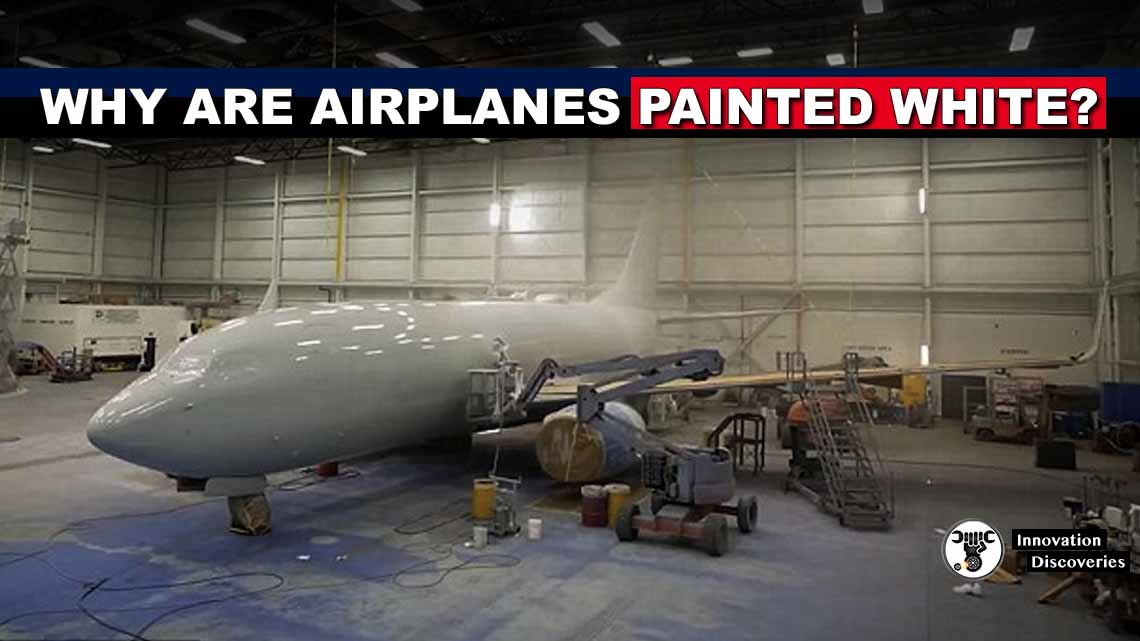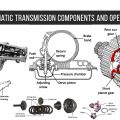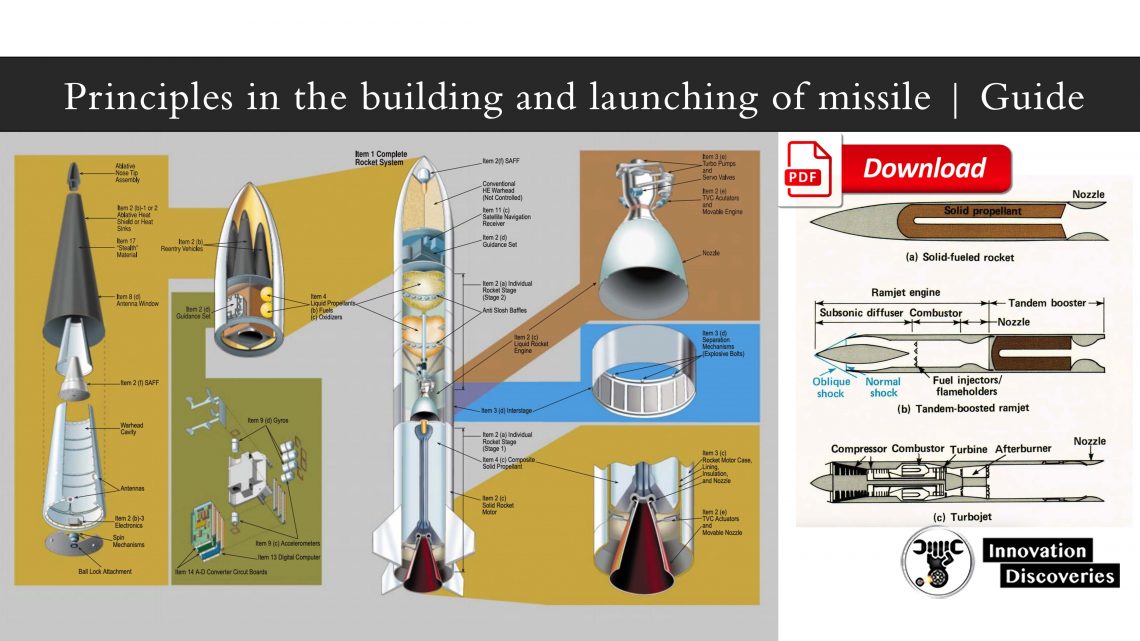
Missile
Missile In military terminology, a missile is a guided airborne ranged weapon capable of self-propelled flight usually by a jet engine or rocket motor.
Missiles are thus also called guided missiles or guided rockets. Missiles have five system components: targeting, guidance system, flight system, engine and warhead.
Who is the father of missiles?
Dr Homi Bhabha is known as the father of Indian missile technology.
READ: How do missiles work? | Targeting, Guidance & Propulsion
What are the three types of missiles?
Depending upon the speed such missiles are classified as:
- Subsonic cruise missile.
- Supersonic cruise missile.
- Hypersonic cruise missile.
What are the key considerations when designing a missile?
It includes consideration of important missile technologies such as aerodynamics, propulsion, structure, weight, flight performance, warhead lethality, and launch platform integration.
What is a missile launching system?
- Cruise Missiles.
- Air to Surface Missiles.
HISAR Missile Launching System is a multi-purpose missile launcher which deploys and launches short and medium-range HISAR Air Defense Missiles.
How are missiles constructed?
The missile body is made from steel alloys or high-strength aluminium alloys that are often coated with chromium along the cavity of the body to protect against the excessive pressures and heat that accompany a missile launch.
What are the four basic parts of a guided missile?
C airframe, propulsion system, guidance system and warhead.
- A-Ballistic missiles are guided only during the second stage of flight.
- B-guided missiles are guided only during the first stage of flight.
- C-guided missiles are guided until they hit the target.
What element is used to build missiles?
That metal is tungsten. As well as being incredibly dense it is also incredibly hard and has the highest melting point of all the elements at 3,422C.
A century or so ago the world had no use for it – it was almost impossible to shape or work the stuff.
Which programming is used in missiles?
Missile-target intercepts are simulated and graphically displayed using the C/ C++ programming language.
This represents a considerable improvement over previous research due to the object-oriented structure, speed, maintainability, and ease of debugging that C/C++ offers.
What are the classifications of missiles?
Surface-to-surface-missiles (SSM), Surface-to-air missiles (SAM), Air-to-air missiles (AAM), and Air-to-surface missiles (ASM). though these may also be launched from a ship to another ship.
Underwater weapons which are launched from a submarine also come under this class of missiles.
What are the five functions of a launching system?
The basic functions of the launching system are weapon storage, transfer, loading, control, and launching.
What is a launching mechanism?
According to the design requirements of portable missile launchers, the launch mechanism is utilized to provide a structure that can finely adjust the launching angle according to the movement of the target to be attacked.
What are the steps of a rocket launch?
Interplanetary mission operations may be considered in four phases: the Launch Phase, the Cruise Phase, the Encounter Phase, and, depending on the state of spacecraft health and mission funding, the Extended Operations Phase.
READ: ROCKET / SPACE SHUTTLE HOW IT WORKS AND TYPES OF PROPELLANT
What is the difference between rockets and missiles?
A missile has a guidance system — after it is launched, its trajectory and impact point can be changed mid-flight.
A rocket, on the other hand, is directed based on how much propellant is available and the elevation of the rocket launcher.
How missile silos are built?
Inserted into each silo was a 62-foot (18.9 meters) reinforced steel liner that was subsequently covered by poured concrete, forming the external silo wall.
The missiles were then inserted into the liner and the silos were covered by a heavy steel and concrete door.
How are missiles launched from aircraft?
In the present state of the art launching of internally carried missiles from aircraft is accomplished from racks through typical bomb bays incorporated into the aircraft’s fuselage.
Alternatively, missiles are extracted from the aircraft through aft openings in the manner of aerially delivered cargo.
PDF Download Links:
Military Tech
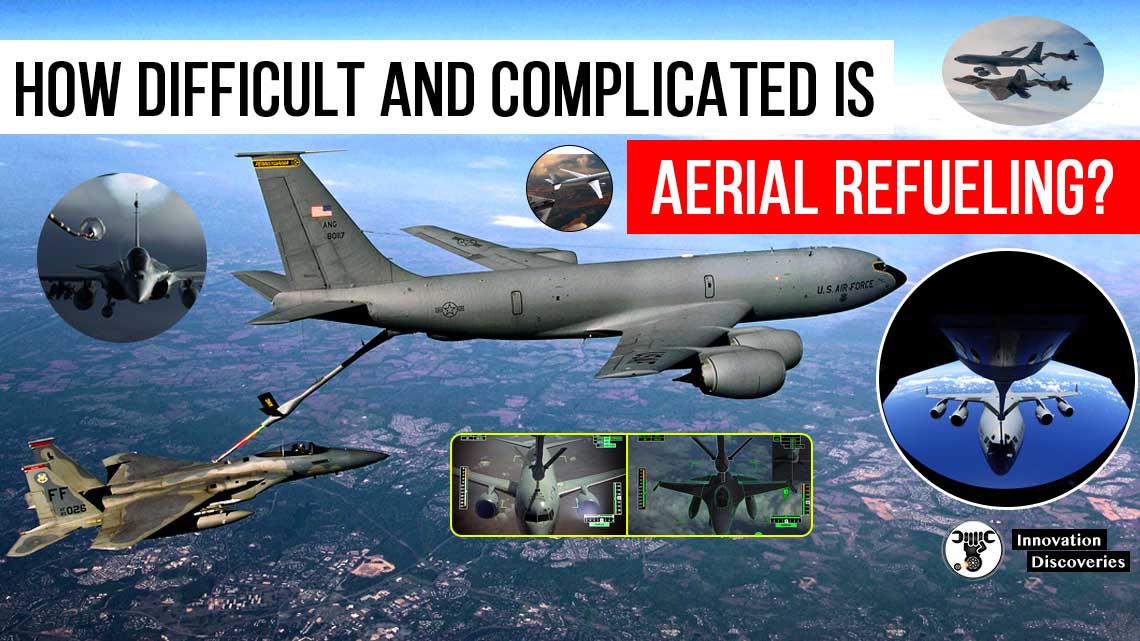
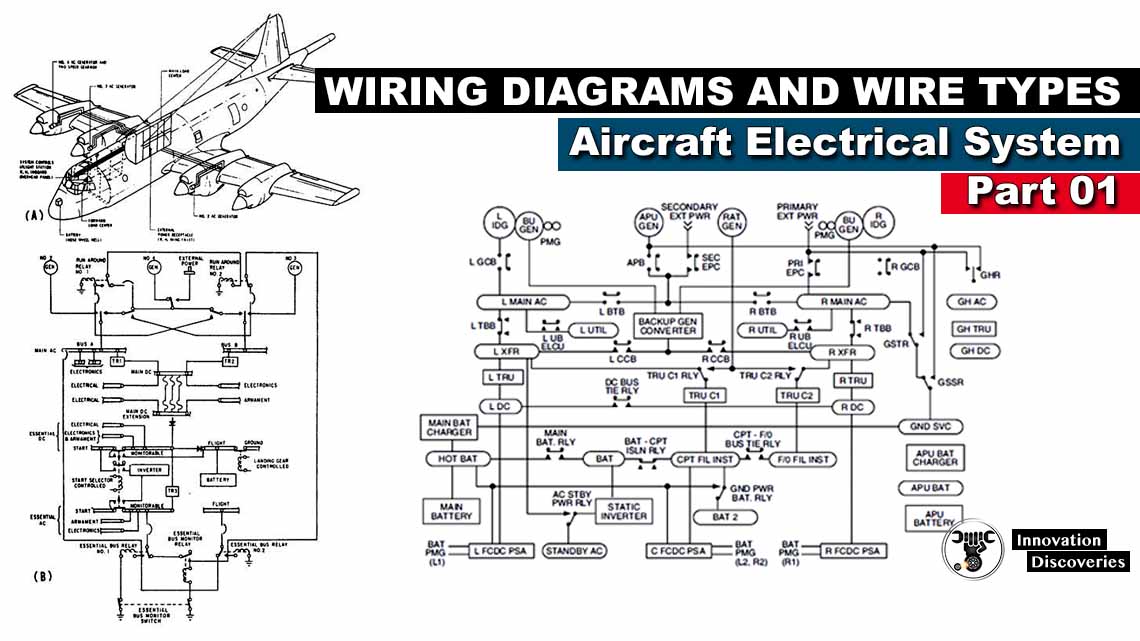
Read More:
How Do Airplanes Fly? Components

Visit Forum
Visit Our Friendly Website


